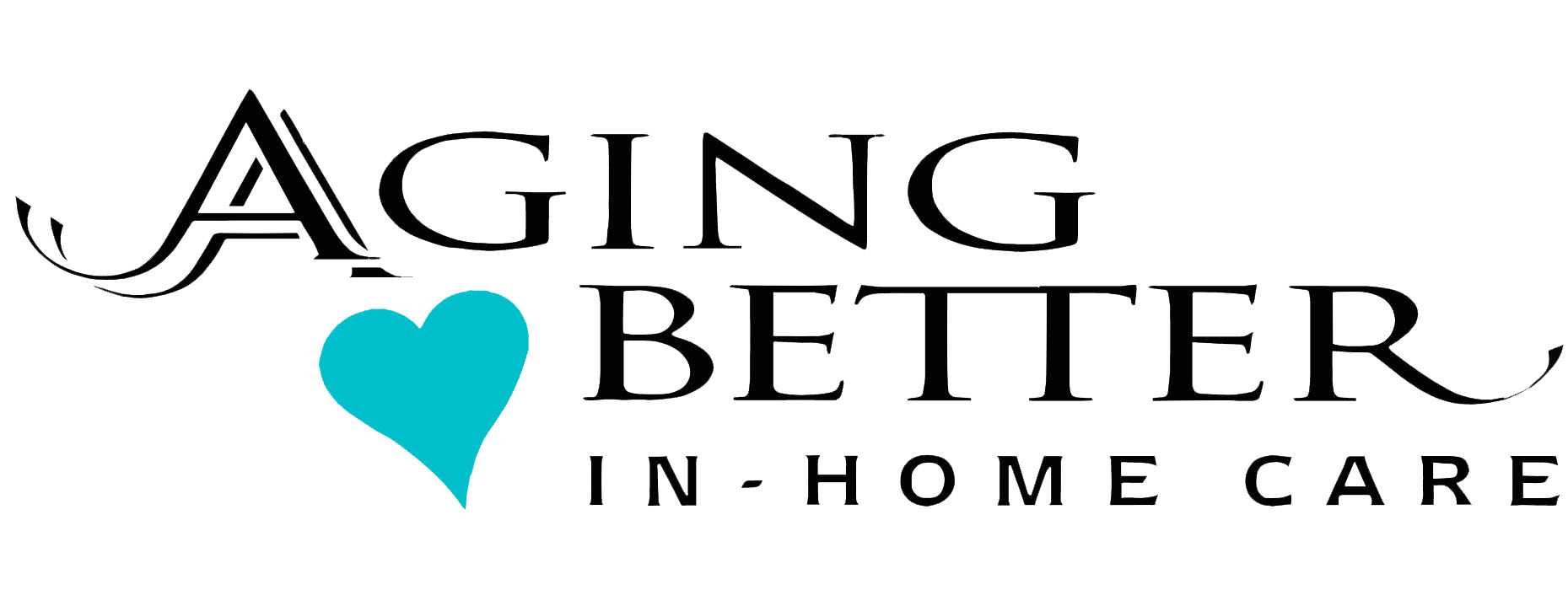Liberty Lake, Washington Post Falls, Idaho Sandpoint, Idaho
509-464-2344 208-777-0308 208-263-7889

What most people don’t know about osteoporosis is that it starts in the 30s, not the 60s like most people believe. And while I’ve written about not fearing full-fat milk when it’s NOT consumed as just ice cream or pizzas, drinking lots of milk doesn’t prevent osteoporosis from developing. In fact, there are nutritionists who are experts in bone health that maintain too much milk and unfermented dairy products (like excessive ice cream consumption) can cause a net loss of calcium, one of the most critical minerals in increasing or maintaining bone strength and health.
Unfortunately, calcium supplements aren’t necessarily the answer either. Calcium can cause big problems when it winds up in the wrong places. Calcification of the arteries in the heart is a leading marker of sudden death and calcium deposits in the joints cause “old age” osteoarthritis. So popping a daily calcium supplement isn’t the answer in preventing osteoporosis.
Calcium is just one factor in bone loss, and there are various therapies to treat the problem. Two of the most common are hormone replacement therapy (HRT) and bisphosphonate drugs. While both can increase bone mass, they come with potential complications. A comprehensive 15-year study by the Women’s Health Initiative concluded that HRT reduced a woman’s risk of fractures, but it also increased the risk of breast and colorectal cancer, heart attack, stroke and blood clots.
Like other chronic conditions, the best way to beat osteoporosis is to prevent it and that battle needs to start early. Both men and women (young and old) need to remain active throughout their lives with weight bearing exercises and strength training. These exercises in particular strengthen bones. And while both older men and women should have bone density scans done, women should have them done regularly.
In addition to 3-5 times per week exercise regimens lasting at least 35-40 minutes (brisk walking is an excellent form of exercise for older bodies), everyone needs to include calcium-rich foods in their daily diets. Foods such as cabbage, broccoli, spinach, lima beans, black beans, almonds, kale, mustard greens and unsweetened yogurt.
If you must sweeten yogurt, use a little honey and/or maple syrup. These sweeteners have been shown to have antioxidant properties and maple syrup has other minerals in it that are beneficial. Avoid using white cane sugar as the sweetener but also keep sugar consumption to an absolute bare minimum.
Finally, consider adding magnesium (about 300 mg per day) along with vitamins D and K (especially K2), and the trace minerals boron and strontium. These work synergistically to make sure the calcium that’s consumed is metabolized properly. But there’s no point in taking these supplements only to turn around and eat burgers, fries and pizza frequently. To keep bones healthy, eating lots of fresh whole foods, along with the above supplements, is the key to success!



